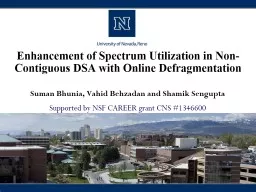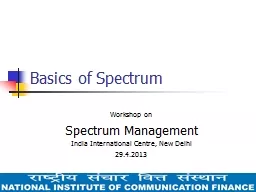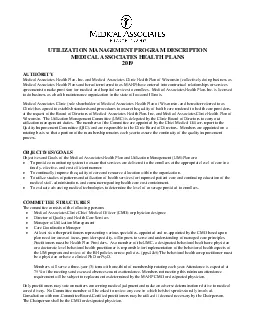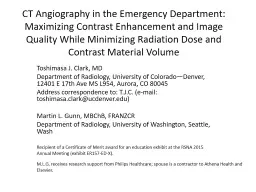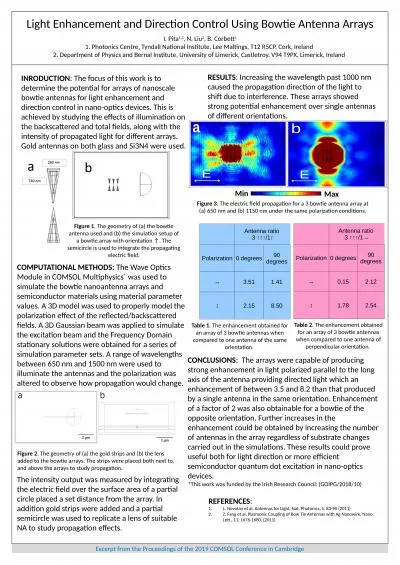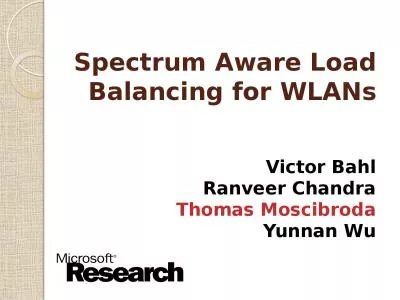PPT-Enhancement of Spectrum Utilization
Author : giovanna-bartolotta | Published Date : 2017-07-29
in NonContiguous DSA with Online Defragmentation Suman Bhunia Vahid Behzadan and Shamik Sengupta Supported by NSF CAREER grant CNS 1346600 Outline Introduction
Presentation Embed Code
Download Presentation
Download Presentation The PPT/PDF document "Enhancement of Spectrum Utilization" is the property of its rightful owner. Permission is granted to download and print the materials on this website for personal, non-commercial use only, and to display it on your personal computer provided you do not modify the materials and that you retain all copyright notices contained in the materials. By downloading content from our website, you accept the terms of this agreement.
Enhancement of Spectrum Utilization: Transcript
Download Rules Of Document
"Enhancement of Spectrum Utilization"The content belongs to its owner. You may download and print it for personal use, without modification, and keep all copyright notices. By downloading, you agree to these terms.
Related Documents

